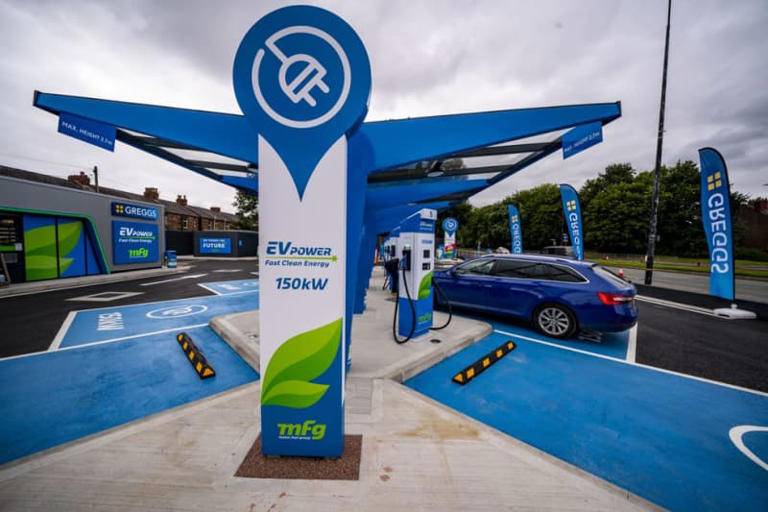- Homepage
- Automobiles
- Electric Vehicle Transition: 5 Shocking Myths Debunked
Electric Vehicle Transition: 5 Shocking Myths Debunked
Table of Contents
ToggleElectric Vehicle Transition: Balancing Choice, Subsidies, and Environmental Goals
Electric Vehicle Transition: Explore the debate surrounding the shift to electric vehicles, including concerns about consumer choice, subsidies, and environmental objectives.

Electric Vehicle Transition: Balancing Choice, Subsidies, and Environmental Goals
In today’s automotive landscape, the transition to electric vehicles (EVs) is a hot topic. While there’s a push towards EV adoption for environmental reasons, concerns linger regarding consumer choice, government subsidies, and the practicality of achieving ambitious environmental goals.
Consumer Choice Under Scrutiny
The Alliance of British Drivers (ABD) is one voice questioning the direction of the electric vehicle transition. They argue that consumers should have the freedom to choose between petrol, diesel, and electric vehicles. The decline in market share for EVs reflects the hesitance among UK drivers to make the switch. Bob Bull, chairman of the ABD, emphasizes the importance of preserving consumer choice and calls for an end to subsidies funded by hard-working taxpayers.
Challenges in Achieving Environmental Goals
The UK government aims to achieve net zero emissions by 2035, requiring a significant increase in the adoption of zero-emission vehicles. However, without proper incentives and support, experts warn of challenges in meeting these targets. The Society of Motor Manufacturers and Traders (SMMT) highlights the sluggish private market and shrinking EV market share as obstacles to the transition. Government support for consumers, not just businesses and fleets, is deemed essential for a faster and fairer transition.

© GB News
Industry Concerns and Market Trends
Car manufacturers face their own set of challenges amidst the electric vehicle transition. Despite offering incentives and expanding their electric vehicle lineups, some companies experience declines in EV sales. Volkswagen Group, for instance, saw sales for its electric vehicles plummet by nearly a third. Similarly, Aston Martin noted a lack of consumer appetite for electric vehicles, cautioning against relying solely on political incentives to drive demand.
The Need for a Comprehensive Strategy
The discrepancy between government targets and actual market uptake underscores the complexity of the electric vehicle transition. Achieving a balance between environmental objectives and economic considerations is paramount. A comprehensive strategy is needed to address barriers to adoption while ensuring a just transition for all stakeholders involved.
Looking Ahead
As the automotive industry navigates the transition to electric vehicles, it must confront various challenges and uncertainties. Balancing consumer choice, government subsidies, and environmental goals is no easy feat. However, with collaborative efforts from policymakers, industry players, and consumers, a smoother transition to a greener future can be achieved.
In conclusion, the electric vehicle transition presents both opportunities and challenges. While it holds promise for reducing emissions and mitigating climate change, it also raises important questions about consumer choice and the role of government subsidies. By addressing these concerns and working towards a comprehensive strategy, we can pave the way for a sustainable automotive future.




1 COMMENTS